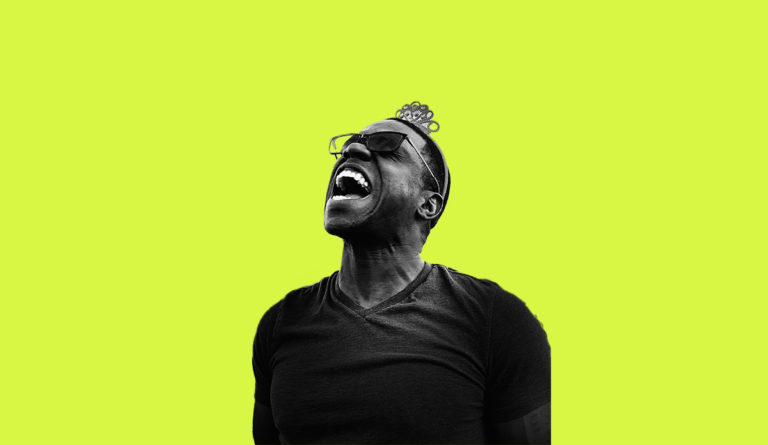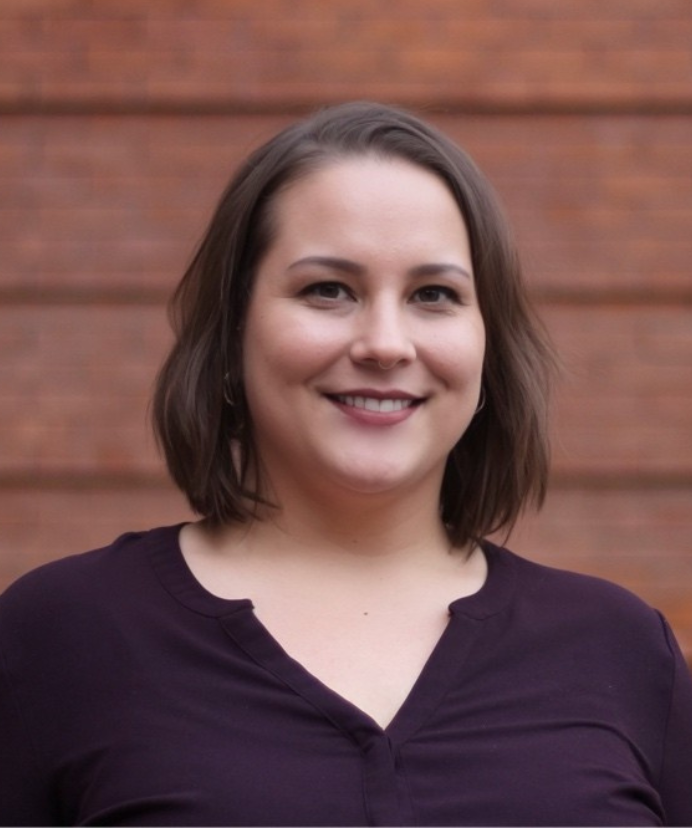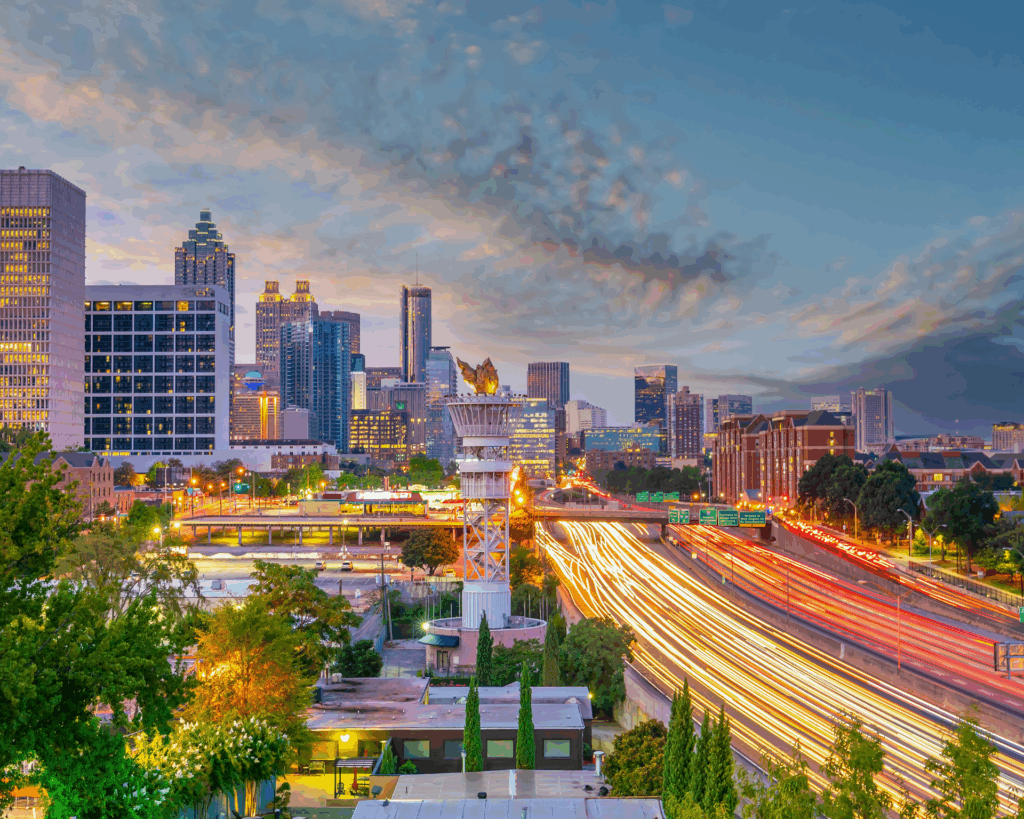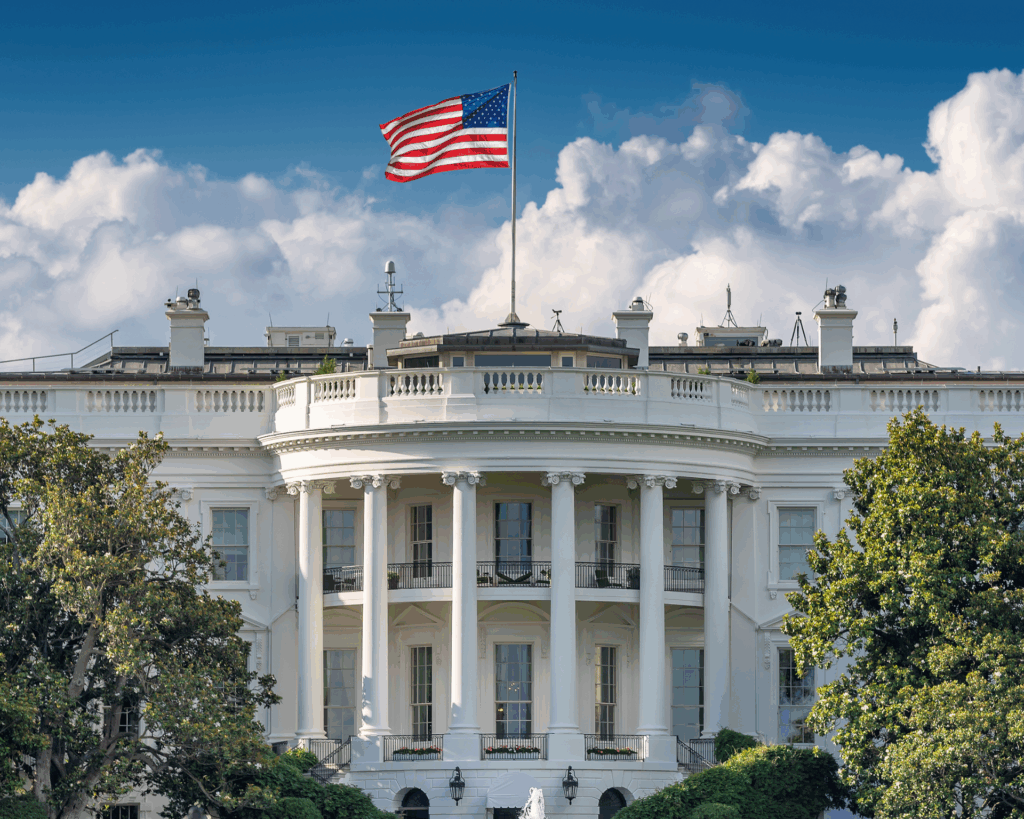Emile DeWeaver
Emile DeWeaver is an activist and author whose life sentence was commuted after 21 years for his community work in prison. The co-founder of Prison Renaissance, DeWeaver also covertly organized to pass legislation that changed the way California treats juveniles in its criminal legal system while in prison.

Read Time: 5 minutes
Published:
Emile DeWeaver is an activist and author whose life sentence was commuted after 21 years for his community work in prison. The co-founder of Prison Renaissance also covertly organized to pass legislation that changed the way California treats juveniles in its criminal legal system while in prison.
Public Health Post: What is Prison Renaissance and how is it different than rehabilitative efforts typically seen inside prisons?
Emile DeWeaver: Prison Renaissance is an organization that some friends and I co-founded while in San Quentin prison, which is a place with a lot of rehabilitative programs. But we noticed these programs were started by nonprofit organizations who came in with laudable strategies for helping incarcerated people, but they had to go through the prison administrators first just to get the program inside and to secure funding. In terms of power and control, you have an organization that must put a prison’s interest before the interest of the incarcerated people it’s trying to serve.
We encourage relationships between incarcerated people and the community to be independent of us, because organizations that come in are typically the middle man and incarcerated people are not paid for their work. Prison Renaissance wanted programs to be run by incarcerated people, to not involve the state, and where incarcerated people were paid for their contributions.
What were some of the programs Prison Renaissance created?
We had to lean on a lot of First Amendment protected activities like art and writing to give us some protection from interference. One of our flagship programs was with Stanford University: Every year Stanford students team up with incarcerated people to create a zine. We also did a live art exhibition, sound installation, and live call-in days to facilitate art workshops. At the end of the day, all we did was make a phone call and someone picked up.
If we can do this for an art exhibition, we could do this for nonprofit boards, community meetings, legislative sessions, etc. We sought to put these models on the ground to expand our imaginations about what advocacy can be.
What do you think are the most common misconceptions around prison abolition?
It’s what I call the paper tiger of prison abolition, which is the idea that prison abolitionists want to close all prisons and police forces today and no one will ever be held accountable for committing harm in their community again.
It’s not a “soft on crime” strategy, but rather the strategy of understanding what crime actually is. The approach is “What do we do to stop these types of behaviors from happening in our communities?” rather than, “We’re not concerned with how to stop these behaviors. We’re just concerned with how we punish people who commit them.”
When we’re talking about abolition, we are talking about white supremacy, and then we’re talking about power and the distribution or redistribution of it. We talk about closing prisons, but those are just buildings. There’s the greater power structure, and the idea that we need prisons and police. We don’t need police, we’re dependent on police. The solution to needing police is very different from a solution to dependence, which is about redistributing power to the people we’re ultimately designed to serve.
How did you overcome the bureaucracy of the prison administration and the power structures in place?
It’s a long and scary story and took years to unfold. There was a lot of guerilla marketing and being on the edge of going to the hole. Incarcerated people are not allowed to run businesses, start organizations, or try to organize to get legislation passed. Having done that with California Senate bills 260 and 261, I had a glimpse into how to get something done under the radar and restrictions of administrations.
There was definitely a community against us, but there was also community holding us, like prison guards and program facilitators who tried to introduce justice into this world the best they could from the positions they’re in. What I want people to know about this very dangerous process is it wasn’t the story of some lone gunman or hero who overcame the system. These things only happen in community.
What changes did you notice within the health and wellness of the incarcerated community after Prison Renaissance programs began?
I’ll start with a sense of purpose and worth. I remember after a poetry exchange on the phone, the guys came to me and were just awestruck. They had never felt so involved with and supported by the society they were taught wanted nothing to do with them. Another friend who participated in the programs told me that more than the social love he felt, he was able to help his family out and send them money for the first time in his life, and that meant the world to him.
I relate this to the fundamental idea I had about my life very early in my prison sentence and what I hoped Renaissance would do. I told myself “I’m not going to be a prisoner or a criminal. I am a writer. I am a father. I am an artist. I am all of these things and you can’t make me just quit them.” The way we see ourselves means a lot, and all the narratives about criminal justice only want people in prison to see themselves a certain way.
Prison Renaissance challenged and broke that. It said “Yes, you have done that, but you are more than that. You are also an artist, thinker, educator, friend. You are also a contributor to this world, to community, to society.” It sounds like a small thing, but in a state of deep deprivation, it is a huge and I watched it change people’s lives time and time again.
Photo provided
Emile DeWeaver is participating in Abolition, Incarceration, and the Public’s Health, Wednesday, Sept. 28 at 1 p.m., a part of the Public Health Conversations series at the Boston University School of Public Health. Register for the free, virtual program.



